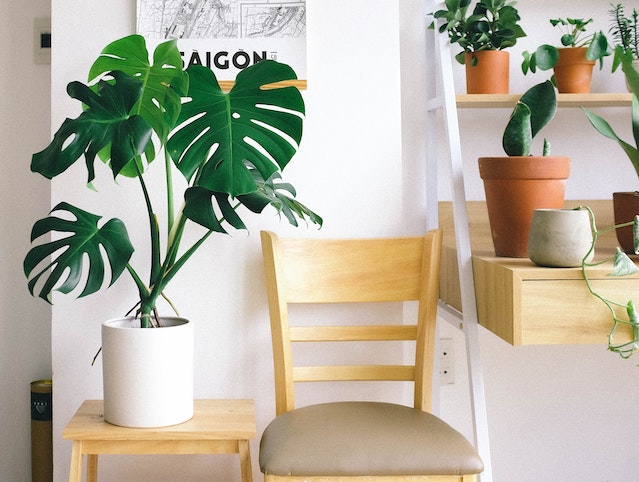What liquid makes plants grow faster?
Fertilizer is a substance that helps plants grow faster. Plants need nutrients to grow, and fertilizer provides those nutrients. Indoor plants require fertilizer more often than outdoor plants because they don’t have access to the nutrient-rich soil found in nature. Fertilizer helps plants by providing the nitrogen that is the base of the plant’s growth. Nitrogen is an essential nutrient for plant growth, and without it, plants would not be able to grow.
How Do You Make Houseplants Thrive?
To make houseplants thrive, water them regularly and use potting soil that is appropriate for the type of plant. Foliage plants require less water than flowering plants. You can increase the humidity around your plants by placing them on a tray of pebbles and water or by using a humidifier. Place indoor plants in an area that receives indirect sunlight and keep the temperature consistent. Check the plant’s label for specific requirements.
What Liquid Will Make Plants Grow Faster?
There are many different types of liquid fertilizer that can be used to make plants grow faster. However, not all fertilizers are created equal. Some fertilizers are designed for specific types of plants, while others are made to be more general purpose. When choosing a fertilizer, it is important to select one that is appropriate for the type of plant you are trying to grow. For example, houseplants generally require a different type of fertilizer than outdoor plants.
Nitrogen is one of the key nutrients that all plants need in order to grow properly. This nutrient is responsible for promoting foliage growth. Phosphorus is another important nutrient that helps promote root growth and flowering. Potassium is also necessary for overall plant health and vigor.
When using fertilizer, it is important to follow the manufacturer’s instructions carefully. This will help ensure that you are using the right amount of fertilizer and applying it correctly. Over-fertilizing can damage plants, so it is important to err on the side of caution.
In addition to using liquid fertilizer, you can also improve plant growth by composting and adding organic matter to the soil. This will help provide plants with the essential nutrients they need to grow strong and healthy. Ind
What liquid makes plants grow faster?
There is no definitive answer to this question as there are many variables to consider, such as the type of plant, the climate, and the soil conditions. However, some gardeners believe that adding a small amount of liquid seaweed extract to the water when watering plants can help them grow faster.
Why are my indoor plants growing so slow?
There could be a few reasons as to why your indoor plants are growing slow. One possibility is that they are not getting enough light. Indoor plants need at least six hours of sunlight per day in order to grow properly. Another possibility is that you are over or under-watering them. When it comes to watering, it is important to let the soil dry out in between waterings. Finally, your plants could be slow-growing due to the type of plant you have chosen. Some plants simply take longer to grow than others. If you are patient and provide your plants with the proper care, they should eventually reach their full potential!
How to Make Houseplants Produce More Flowers
To make houseplants produce more flowers, you will need to fertilize them regularly and provide them with plenty of light. You may also need to prune them back to encourage new growth.
9 Secret tips to grow your Houseplant faster and make it look more beautiful.
1. Place your plant in a spot where it will receive indirect sunlight for most of the day.
2. Water your plant regularly, making sure to keep the soil moist but not soggy.
3. fertilize your plant every few weeks with a half-strength solution of all-purpose fertilizer.
4. Prune your plant regularly to encourage new growth and help it maintain a tidy shape.
5. Repot your plant every one or two years, using a slightly larger pot each time.
6. Groom your plant regularly, removing dead leaves and stems as well as any insects or pests you may find.
7. Check your plant regularly for signs of stress, such as yellowing leaves or stunted growth, and take corrective action if necessary.
8. Give your plant occasional “vacations” by placing it outdoors in a shady spot for a few days at a time (assuming weather conditions are appropriate).
9. Have patience! Don’t expect miracles overnight – it takes time for plants to reach their full potential.

